| Country: | France |
| Period: | Romantique |
Biography
In 1862 in Saint-Germain-en-Laye, France, came into the world Claude Debussy,the eldest of five children. He was a child of a seller in a china shop Manuel-Achille Debussy and a needlewoman Victorine Manoury Debussy. At the age of seven he attended piano lessons of an elderly Italian Cerutti, which were paid by his aunt. In 1871 Marie Mauté de Fleurville paid attention to the young Debussy. He believed that her teacher was Frédéric Chopin, but actually there were no proofs of it. At the age of ten in 1872, for developing his talent, he entered Paris Conservatoire His talents soon became evident, where he spent eleven years. During this time there he was studied at the most famous professors of that time. He studied composition with Ernest Guiraud, music history/theory he learned with Louis-Albert Bourgault-Ducoudray, harmony with Émile Durand, he studied piano with Antoine-François Marmontel, organ with César Franck, and solfège with Albert Lavignac.
In spite of his talent, he had experimental character; he wanted changes in teaching of the Academy, showing preference to dissonances and intervals which were forbidden at the time. Like Georges Bizet, Debussy was a wonderful pianist and sight reader, and could have had a professional career as he had wished. Already at that time he could play works of different composers, which demanded a higher degree of skill. He played sonata movements by Beethoven, Schumann and Weber; and Chopin - the Ballade No. 2, a movement from the Piano Concerto No. 1, and the Allegro de Concert.
From 1880 to 1882, he worked in Russia as music teacher to the children of Nadezhda von Meck, who was well-known as protectress of Tchaikovsky. But Tchaikovsky had no influence on Debussy, nevertheless his closeness with von Meck. In September 1880 she sent Debussy's Danse bohémienne for Tchaikovsky's perusal. A month later she received a letter, in which was said, "It is a very pretty piece, but it is much too short. Not a single idea is expressed fully, the form is terribly shriveled, and it lacks unity". After that Debussy did not want to publish this piece; the work, which was later sold to B. Schott's son, remained in the von Meck family, and appeared only in 1932. Only Madame Vasnier could influence on Debussy. They met when he worked as an accompanist to earn some money. She supported him in emotional and professional sphere and influenced his first songs, settings of poems by Paul Verlaine, son-in-law of his teacher Mme. Mauté de Fleurville.
Due to scholarship of the Prix de Rome, which he won with his composition L'Enfant prodigue, he studied four years in the Académie des Beaux-Arts, which included a residence at the Villa Medici, the French Academy in Rome. He wrote in the letters to Madame Vasnier about his perception of artistic atmosphere, he found it stuffy, the meal was disgusting, the society was gauche, and the conventual adobe was "abominable". He did not admire the "Eternal City” of Donizetti and Verdi, thinking that it was not to his taste. Only Franz Liszt’s music could help him out of his depression when he couldn’t work.
In June 1885, Debussy wrote about his desire to follow his own way:
“I am sure the Institute would not approve, for, naturally it regards the path which it ordains as the only right one. But there is no help for it! I am too enamored of my freedom, too fond of my own ideas.”
Debussy finally created four works which were sent to the Academy: the symphonic ode Zuleima, based on a text by Heinrich Heine; the orchestral piece Printemps; the cantata La damoiselle élue (1887-1888), which was interpreted by the Academy as "bizarre"; and the Fantaisie for piano and orchestra. The third piece showed the full beauty of Debussy's later style. The fourth piece was heavily based on César Franck's music and taken back by Debussy himself. The Academy scolded him for his unusualness and hoped that he would show himself as the best student. Even though Debussy showed traits of Jules Massenet in his efforts, Massenet himself concluded, "He is an enigma."
The great influence on Debussy’s works had a Wagnerian opera, in which he was exposed during his visits to Bayreuth in 1888-9. After Richard Wagner’s death in 1883 and the cult of Wagnerism was still in full swing. Like many young musicians of the time, Debussy admired with sensuousness, harmony and beauty of Wagner's works, but it couldn’t change his own style. We can notice the traits of Wagner's works in La damoiselle élue and the 1889 piece Cinq poèmes de Baudelaire. Other songs of the period, notably the settings of Verlaine—Ariettes oubliées, Trois mélodies, and Fêtes galantes were written in a more inconstant style. Around this time, Debussy got acquainted with Erik Satie who talked about a similarity between composition and its naming. During this period, both friends were bohemians enjoying the same higher society and trying to solve their financial problems.
During 1889, at the Exposition Universelle in Paris, Debussy heard Javanese gamelan music. We can’t assert that there are trait of gamelan scales, melodies and rhythms in Debussy's own compositions, but we can speak about the influence of this music on his works.
1890 was marked by the developing of Debussy’s own style, which united reverie and morbid romanticism of the Symbolist Movement. Debussy became a member of Stéphane Mallarmé's Symbolist gatherings, where the theme of Wagnerism was dominating. At this period Debussy wanted to compose something small in size and more accessible in the contrast to the enormous works of Wagner. The Suite bergamasque (1890), which contains one of Debussy's most popular pieces, Clair de Lune, helps us to revive rococo times which its modern cynicism and confusion. Debussy's String Quartet in G minor (1893) led him to his later, more daring harmonic research. In this work he used the Phrygian mode as well as less standard scales, such as the whole-tone, which immerses us in the ethereal harmony of the composition. Because of his struggle with classical rules, he refused of traditional A-B-A form, which was the basis since Haydn; Debussy was beginning to use a single, continuous theme.
Under the influence of Mallarmé, Debussy wrote one of his greatest works, the revolutionary Prélude à l'après-midi d'un faune, truly original in form and skill. Debussy wrote this piece for a smaller orchestra, accentuating instrumental color and timbre. The premiere of this piece provoked many controversy, despite Mallarmé himself,and friend Paul Dukas having been impressed by it. After the premiere Debussy became one of the leading composers of the era.
The three Nocturnes (1899) show us the veiled harmony and texture in Nuages; abundance in Fêtes; and whole-tones in Sirènes. The contrast of Wagnerian opera, Debussy's Pelléas et Mélisande, the only complete opera, premiered in 1902, after ten years of work. Based on the play by Maurice Maeterlinck, the opera had an immediate success and was very significant to younger French composers, including Maurice Ravel. These works brought a smoothness of rhythm and color, which was new to Western music.
La Mer (1903-1905) assays a more symphonic form, with a finale that works themes from the first movement, although the middle movement, Jeux de vagues, proceeds much less directly and with more variety of colour. Again, it brought discord into society. Some critics supposed this version to be less delicate and less inconceivable than his previous works and it was a step backward. Pierre Lalo complained "I neither hear, nor see, nor feel the sea". Others praised its "power and charm", its "exceptional vigor and brilliant imagination", and its strong colors and definite lines.
During this period Debussy wrote much for the piano. These works entitled Pour le piano (1901) united rich harmonies and textures which would later be important in jazz music. His first volume of Images pour piano (1904–1905) is a unity of harmonious innovation with poetic suggestion: Reflets dans l'eau is a description of rippling water by means of music; Hommage à Rameau, the second piece, is slow and sympathetically wistful. It is an inspiration of a melody of Jean-Philippe Rameau's, Castor et Pollux.
The evocative Estampes for piano (1903) create the atmosphere of exotic destinations. Debussy came under the influence of Javanese gamelan music during the 1889 Paris Exposition Universelle. Pagodes is the result of this influence, in which we observe the pentatonic structures employed by the Javanese music. Debussy wrote his famous Children's Corner Suite (1908) for his beloved daughter, Claude-Emma, whom he nicknamed Chouchou. The suite was written in classical form -the opening piece Doctor Gradus ad Parnassum refers to Muzio Clementi's collection of instructional piano compositions Gradus ad Parnassum, as well as a new wave of American cakewalk music. At the end of the suite, Golliwog's Cakewalk, Debussy also tease Richard Wagner by imitating the opening bars of Wagner's prelude to Tristan and Isolde.
The first of his twelve books of Préludes (1910) was the most successful work for piano. The Preludes are also compared to those of Chopin. Debussy's preludes are rich with unusual and courageous harmonies. They include the popular La Fille aux Cheveux de Lin (The Girl with the Flaxen Hair) and La Cathédrale Engloutie (The Engulfed Cathedral). Debussy wanted listeners to create their own vision of composition, so he placed the titles at the end of each one in the hope that people would not make stereotype images as they listened.
His large works included his orchestral piece Iberia (1907), began as a work for two pianos, a triptych medley of Spanish allusions and perfunctory impressions and also the music for Gabriele d'Annunzio's mystery play Le martyre de St. Sébastien (1911). A magnificent and dramatic work, which was written in only two months, it is outstanding in sustaining a late antique modal atmosphere that otherwise was used only in relatively short piano pieces.
Being on peak of the popularity, Debussy was on tour across Europe as a conductor, most often performing Pelléas, La Mer, and Prélude à l'après-midi d'un faune. He was also an occasional music critic to add his conducting compensations and piano lessons. Debussy avoided clear analysis and attempts to violate the nature of music, "Let us at all costs preserve this magic peculiar to music, since of all the arts it is most susceptible to magic." He could be sharp and humorous, sometimes sentimental and uninformed. Debussy was for the most part zealous about Richard Strauss and Igor Stravinsky, he worshiped Chopin, Johann Sebastian Bach and Mozart, and Liszt and Beethoven were geniuses for him, who sometimes lacked "taste". His attitude to Schubert and Mendelssohn was much worse, the latter he described as a "facile and elegant notary". He also was enraptured with the works of Charles-Valentin Alkan.
Debussy's harmonies and chord progressions often utilize dissonances without any proper resolution. And use them, unlike in his earlier work. The forms are far more original and fragmented. These chords, describing by Debussy himself as "floating chords", were used to show the tone and internal mood in many of his works. In his later compositions the whole tone scale dominates.
His two last volumes of works for the piano, the Études (1915) describes similar varieties of style and structure purely as pianistic exercises and includes pieces that develop original form to an opposition as well as others influenced by the young Igor Stravinsky (especially in the suite En blanc et noir for two pianos, 1915). The weakening of these works is a peculiarity of the last set of songs, the Trois poèmes de Mallarmé (1913), and of the Sonata for flute, viola and harp (1915), though the sonata and its accompaniment also immerse us in the atmosphere the inquiring Verlainian classicism.
With the sonatas of 1915–1917, there is a sudden change in the style. Partially, these works can be compared with Debussy's earlier music, but also with scanty, simpler structures. In the Violin Sonata (1917) we see the opposition of the poor structure and an incontestable power of the chords themselves. These changes we can observe in a new movement, neo-classicism, which became popular after Debussy's death. Debussy planned a set of six sonatas, but this plan was destroyed by his death in 1918 so that he only completed three (cello, flute-viola-harp and violin sonatas).
The last orchestral work by Debussy, the ballet Jeux (1912) written for Serge Diaghilev's Ballets Russes, based on his strangest harmonies and structures, which live their own life without any restrictions. At first Jeux was sadden by Igor Stravinsky's The Rite of Spring, which was composed in the same year as Jeux and premiered only two weeks later by the same ballet company. Decades later, composers such as Pierre Boulez and Jean Barraqué showed the similarity with Anton Webern's surrealism in this work. Ballets Khamma (1912) and La boîte à joujoux (1913) were left incomplete, but later they were completed by Charles Koechlin and André Caplet, who also helped Debussy with the orchestration of Gigues and Le martyre de St. Sébastien.
The second set of Preludes for piano (1913) characterizes Debussy at his most avant-garde, sometimes using contrasting harmonies to excite moods and images, especially in the mysterious Canope (a burial urn which stood on Debussy's working desk, evoking a distant past). The pianist Claudio Arrau considered the piece to be one of Debussy's greatest preludes: "It's miraculous that he created, in so few notes, this kind of depth."
Although Pelléas was Debussy's only completed opera, he remained several unfinished works because of his low concentration and bad health. But he had time to finish some partial musical sketches and some unpublished libretti for operas based on Poe's The Devil in the Belfry (Le diable dans le beffroi, 1902-1912) and The Fall of the House of Usher (La chute de la maison Usher, 1908-1917) as well as thought-out projects for operas based on Shakespeare's As You Like It and Joseph Bedier's La Legende de Tristan.
His plans about new ballet scores, reviews of Chopin and Bach works for republication and American tour were destroyed by the World War I Further and the beginning of colorectal cancer plans, which needed morphine injections to ease the pain. Debussy was one of the first, who underwent colostomy operations ever performed in 1916, but this was only a temporary break and it was a cause for considerable disappointment, he was to compare dressing in the morning to "all the labours of Hercules in one".
Debussy's private life was often tumultuous. At the age of 18 he began amour with a wife of a wealthy Parisian lawyer, Madame Blanche Vasnier, which lasted eight years. Their relationship has grown cold because of his compelled long-term residing in Rome. After his returning in Paris in 1889, he began a tumultuous relationship with Gabrielle ('Gaby') Dupont, a tailor's daughter from Lisieux, with whom he cohabited nearly nine years in Paris on the Rue Gustave Doré. During this time he also had an affair with the singer Thérèse Roger, to whom he was briefly engaged. He left Dupont for her friend Rosalie ('Lily') Texier, a fashion model whom he married. But he was exasperated with low intellectual level and lack of musical sensitivity, in spite of her beauty, practical and attitude of his friends to her. They parted in 1904, and he found comfort with Emma Bardac, the wife of a Parisian banker and the mother of one of his students. Bardac was an intellectual, an interesting conversationalist, and a perfect singer. The deranged Texier, like Dupont before her, attempted suicide, shooting herself in the chest in the middle of the Place de la Concorde. She survived, although the bullet remained in her vertebrae for the rest of her life. The scandal made Debussy and pregnant Bardac escape to England, eventually settling in Eastbourne, where he completed his symphonic suite La Mer, until the frenzy ceased and the legal entanglements resolved. The couple was eventually married in 1908, their troubled union continuing until Debussy's death in 1918. Their child, a daughter, was named Claude-Emma, more lovingly known as Chouchou, the dedicatee of Debussy's Children's Corner suite. She died of diphtheria in 1919, next year after her father’s death.
Claude Debussy died of rectal cancer in Paris on March 25, 1918, in the midst of the aerial and artillery bombardment of the city during the Spring Offensive of World War I. Intense military situation in France had not allowed burying the composer with all honors he had deserved. The funeral procession went through deserted streets to Père Lachaise cemetery while the shells from the German guns fired his beloved city. Eight months later the whole France would celebrate victory. His body was reburied shortly afterwards in the small Cimetière de Passy isolated behind the Trocadéro; his wife and daughter are buried with him. French culture has ever since celebrated Debussy as one of its most remarkable representatives.





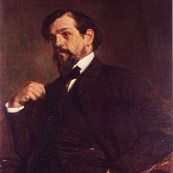

![Russian legends - Emil Gilels [16 CD]](http://static.classicalm.com/repository/collection-cover/small/261-img1318115683212190.jpg)
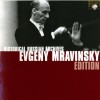
![Russian legends - David Oistrakh [20 CD]](http://static.classicalm.com/repository/collection-cover/small/267-img1318418713553266.jpg)
![Russian legends - Leonid Kogan [10 CD]](http://static.classicalm.com/repository/collection-cover/small/269-img1318707830156876.jpg)
![Steinway Legends - Arturo Benedetti Michelangeli [2 CD]](http://static.classicalm.com/repository/collection-cover/small/231-img1316813313531382.jpg)
![Steinway Legends - Maurizio Pollini [2 CD]](http://static.classicalm.com/repository/collection-cover/small/239-img1316863332613202.jpg)
![Steinway Legends - Mitsuko Uchida [2 CD]](http://static.classicalm.com/repository/collection-cover/small/241-img1316890455139019.jpg)
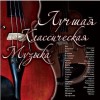
![Top 100 der Klassik [CD 2 of 5]](http://static.classicalm.com/repository/collection-cover/small/1365-img1372592354874210.jpg)
![Deutsche Grammophon Classic Gold [CD 2 of 3]](http://static.classicalm.com/repository/collection-cover/small/1315-img1361382127512512.jpg)
![Top 100 der Klassik [CD 1 of 5]](http://static.classicalm.com/repository/collection-cover/small/1364-img1372589941705257.jpg)

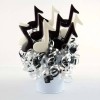
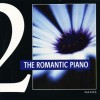
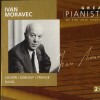
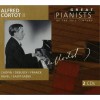
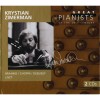
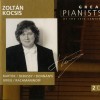
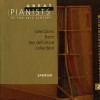

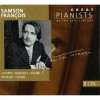
![Russian legends - Lazar Berman [7 CD]](http://static.classicalm.com/repository/collection-cover/small/263-img1318187682202830.jpg)
![Great European Organs. 52-Gerard Brooks [St Pierre, Douai]](http://static.classicalm.com/repository/collection-cover/small/943-img1342341136681313.jpg)
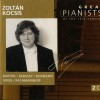
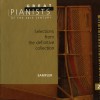


![Great European Organs. 59-Roberto Bertero [St Eustache Paris]](http://static.classicalm.com/repository/collection-cover/small/957-img1342430319721917.jpg)
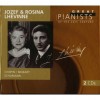
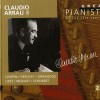

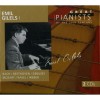

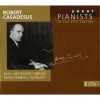


![Russian legends - Daniel Shafran [7 CD]](http://static.classicalm.com/repository/collection-cover/small/277-img1319146356180506.jpg)
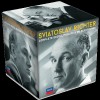
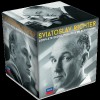
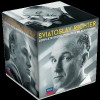
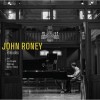

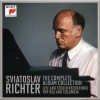
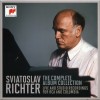


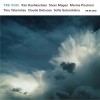
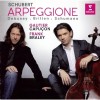
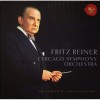
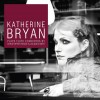
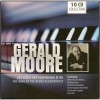
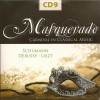
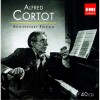
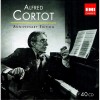

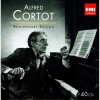
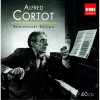
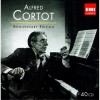
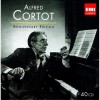
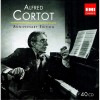
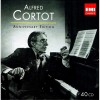
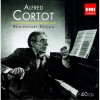
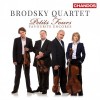
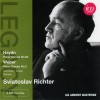
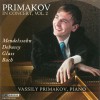
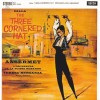
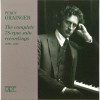
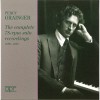
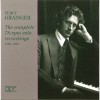
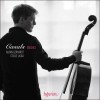
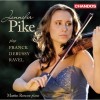
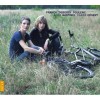
![Martha Argerich Edition: Chamber Music [CD5of8]](http://static.classicalm.com/repository/disk-cover/small/3573-img1403959269319066.jpg)

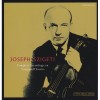
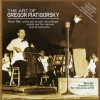

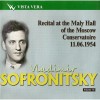


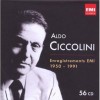
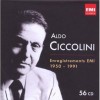
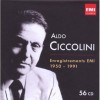
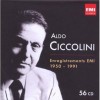
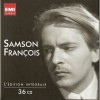

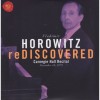
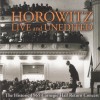
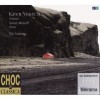
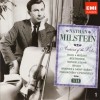
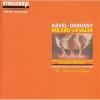
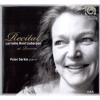
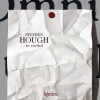
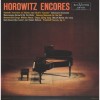
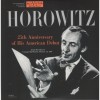

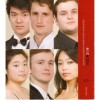
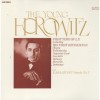
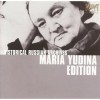
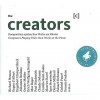
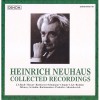
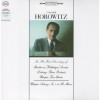
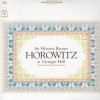
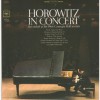
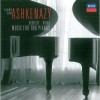
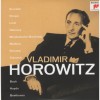
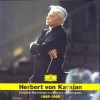
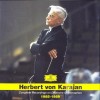
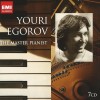
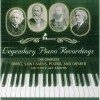
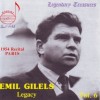
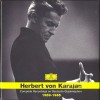
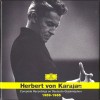
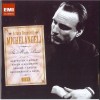
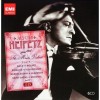
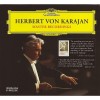
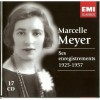
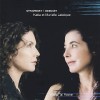



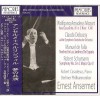
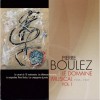

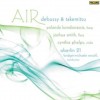


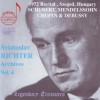
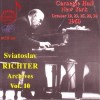



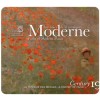
![Anthology of the Royal Concertgebouw Orchestra: Live the Radio Recordings 1960-1970 [CD2]](http://static.classicalm.com/repository/disk-cover/small/3439-img1395217912634009.jpg)
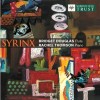
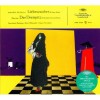
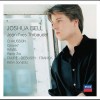
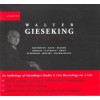
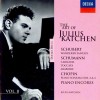
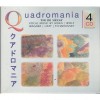
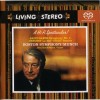

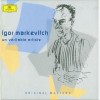
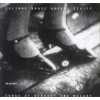

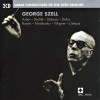
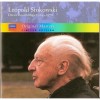
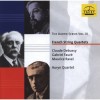
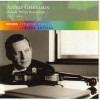
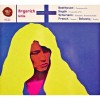
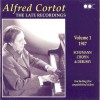
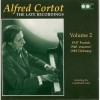
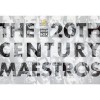
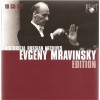
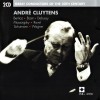
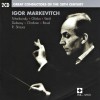
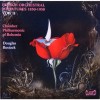
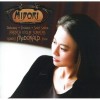
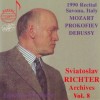
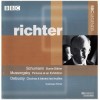
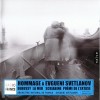
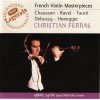
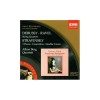
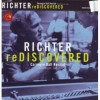
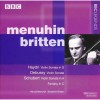
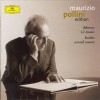
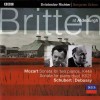
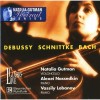

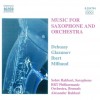

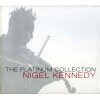

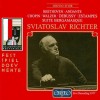
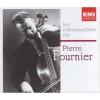
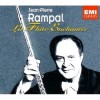
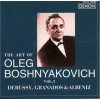
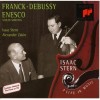
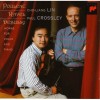
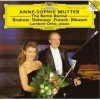
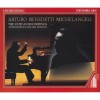
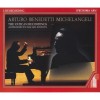
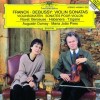
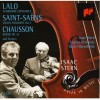
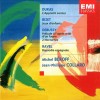
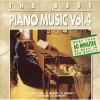
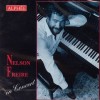
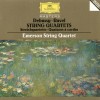
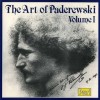
![Andres Segovia. A Centenary Celebration. [CD 3 of 3]](http://static.classicalm.com/repository/disk-cover/small/2964-img1365020313310363.jpg)

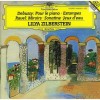
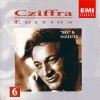
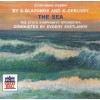
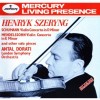
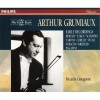
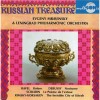
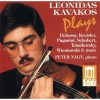
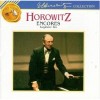
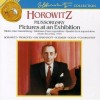
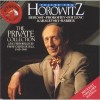
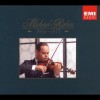
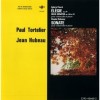
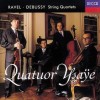

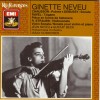
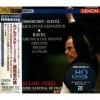
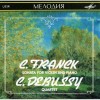
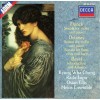
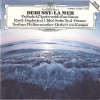
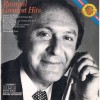
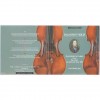
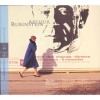
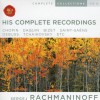

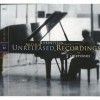
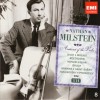
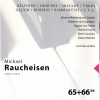
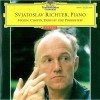
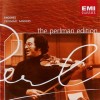
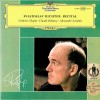
![The Complete Josef Hofmann, Volume 5 [2 CD]](http://static.classicalm.com/repository/disk-cover/small/833-img1316020224372818.jpg)
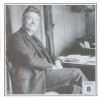
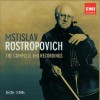
![Richter in Hungary, Volume 2 [2 CD]](http://static.classicalm.com/repository/disk-cover/small/877-img1316351918558659.jpg)
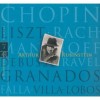
![Richter in Hungary, Volume 4 [2 CD]](http://static.classicalm.com/repository/disk-cover/small/883-img1316380039653451.jpg)
![Richter in Hungary, Volume 5 [2 CD]](http://static.classicalm.com/repository/disk-cover/small/885-img1316383729144080.jpg)
![Richter in Hungary, Volume 6 [2 CD]](http://static.classicalm.com/repository/disk-cover/small/887-img1316385912657980.jpg)
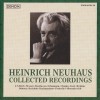
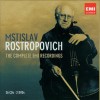
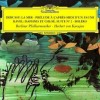
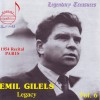
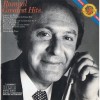

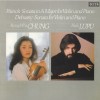
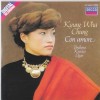
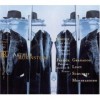
![The Heifetz Collection, Volume 19 [2 CD]](http://static.classicalm.com/repository/disk-cover/small/947-img1317413695600051.jpg)
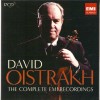
![The Heifetz Collection, Volume 2 [3 CD]](http://static.classicalm.com/repository/disk-cover/small/717-img1315129517717299.jpg)

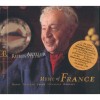
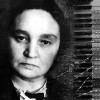
![The Heifetz Collection, Volume 6 [2 CD]](http://static.classicalm.com/repository/disk-cover/small/725-img1315427995644122.jpg)
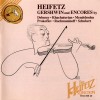
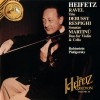
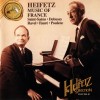
![The Heifetz Collection, Volume 46 [2 CD]](http://static.classicalm.com/repository/disk-cover/small/1001-img1318023469472305.jpg)
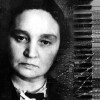
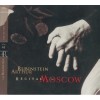
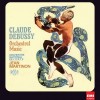
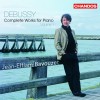
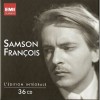
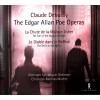
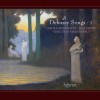
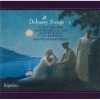
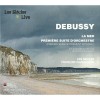
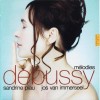
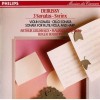
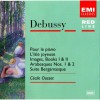
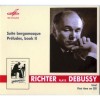
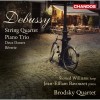
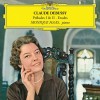

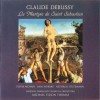
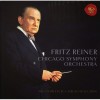
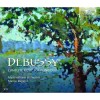
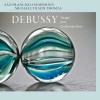
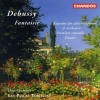

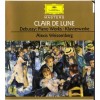
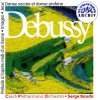
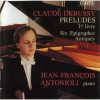
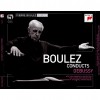
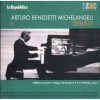

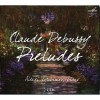
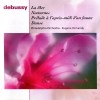
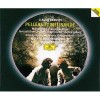
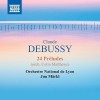
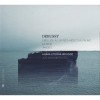
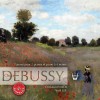
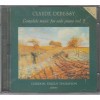
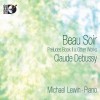
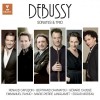

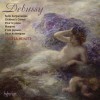

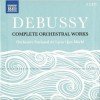
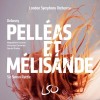
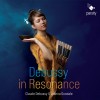
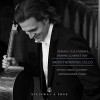
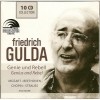
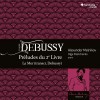
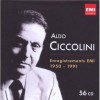
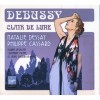
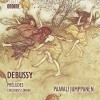
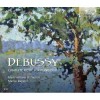
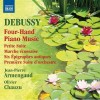
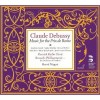
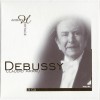


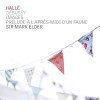

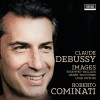
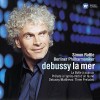

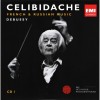

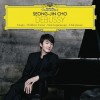
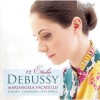
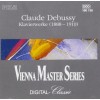


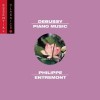
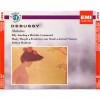
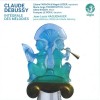
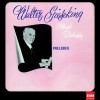
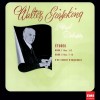
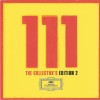
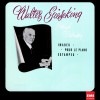
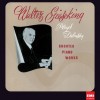
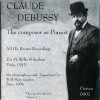
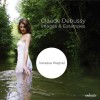
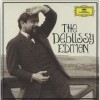
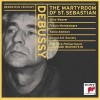
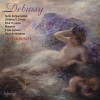
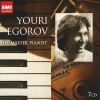
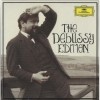
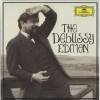
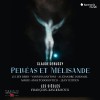

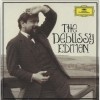
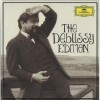
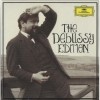
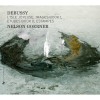
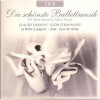
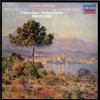
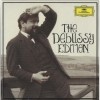



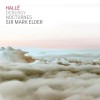


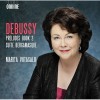
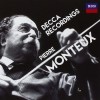
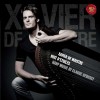
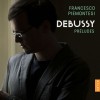

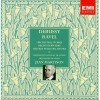
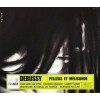

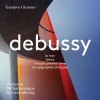


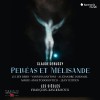

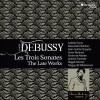


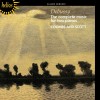


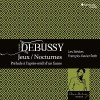
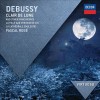
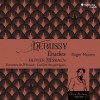
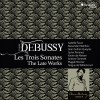
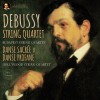

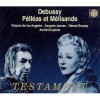
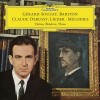
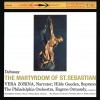

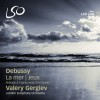

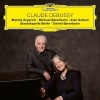
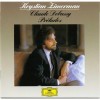
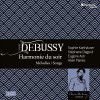

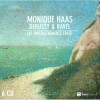
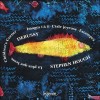
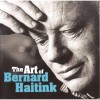
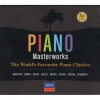

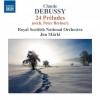
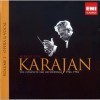
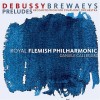
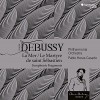
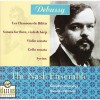
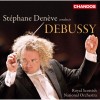
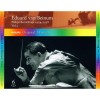
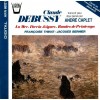
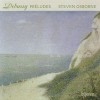
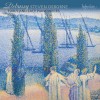
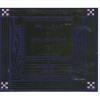

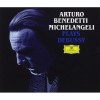

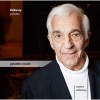
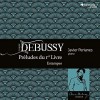
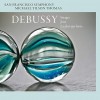
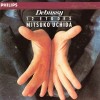
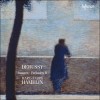
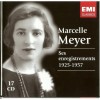
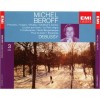
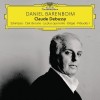
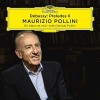
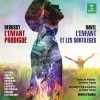
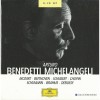
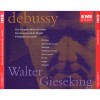
![Claude Debussy - Orchestral Works [CD 1 of 4]](http://static.classicalm.com/repository/composition-cover/small/15334-img1372966109466158.jpg)
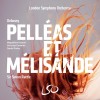
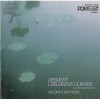
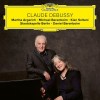
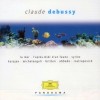
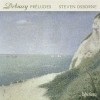
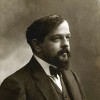


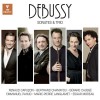
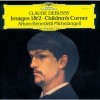
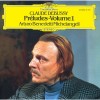
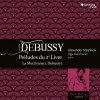
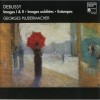
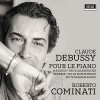
![Claude Debussy - Orchestral Works [CD 2 of 4]](http://static.classicalm.com/repository/composition-cover/small/15335-img1372966879609825.jpg)
![Claude Debussy - Orchestral Works [CD 3 of 4]](http://static.classicalm.com/repository/composition-cover/small/15336-img1372967246762637.jpg)
![Claude Debussy - Orchestral Works [CD 4 of 4]](http://static.classicalm.com/repository/composition-cover/small/15337-img1372968275207353.jpg)
![Claude Debussy. Orchestral Works [CD 1 of 4]](http://static.classicalm.com/repository/composition-cover/small/14347-img1345215642689382.jpg)
![Claude Debussy. Orchestral Works [CD 2 of 4]](http://static.classicalm.com/repository/composition-cover/small/14349-img1345217276551871.jpg)
![Claude Debussy. Orchestral Works [CD 3 of 4]](http://static.classicalm.com/repository/composition-cover/small/14351-img1345218401657221.jpg)
![Claude Debussy. Orchestral Works [CD 4 of 4]](http://static.classicalm.com/repository/composition-cover/small/14353-img1345222221184472.jpg)
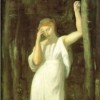
![Preludes (Zimerman) [2 CD]](http://static.classicalm.com/repository/composition-cover/small/11481-img1315083850153730.jpg)